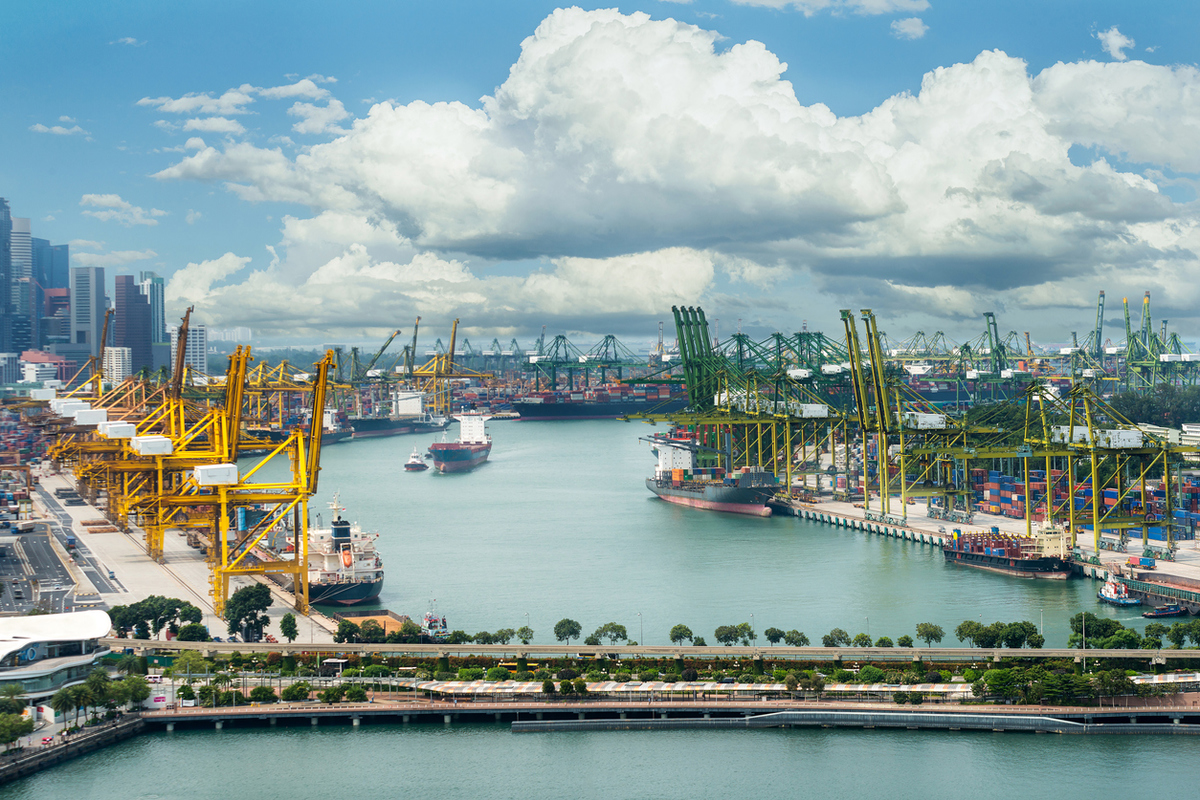Government collaboration vital to green corridor shipping success – GCMD
Green corridor is more of a government-to-government (G2G) concept and requires both parties to have a mutual consensus over policies and incentives to spur uptake of green fuels between ports, according to the Global Centre for Maritime Decarbonisation (GCMD).
 PHOTO: Singapore cargo terminal, one of the busiest in the world. Getty Images
PHOTO: Singapore cargo terminal, one of the busiest in the world. Getty Images
If ports have different regulations, incentives and policies for green fuels then it could hinder the whole concept of having a green corridor between these ports, Global Centre for Maritime Decarbonisation’s (GCMD) chief executive Lynn Loo told at a conference organised by DNV this week.
DNV estimates that about 5% of energy for shipping will come from carbon-neutral fuels by 2030.
Loo thinks setting up green corridors for select shipping routes and ports with high cargo flows and bunker supply can set shipping on a path to consume 5% carbon-neutral fuels. She added that governments can collaborate to standardise policies and regulations in order to establish green corridors between two or more ports.
Through a standard set of policy frameworks, ports can push for similar port infrastructure, supply chain and bunkering facilities for green fuels, Loo said.
GCMD and 18 industry partners have launched a project to assess how well biofuel works as a drop-in fuel and to strengthen its supply chain. Trial runs will be carried out for 12-18 months with vessels bunkering B30 (30% biofuel) blends across Singapore, Rotterdam and Houston.
By Nithin Chandran
Please get in touch with comments or additional info to news@engine.online





